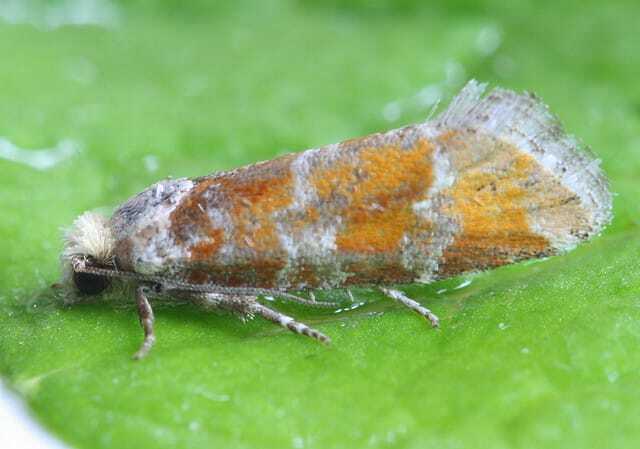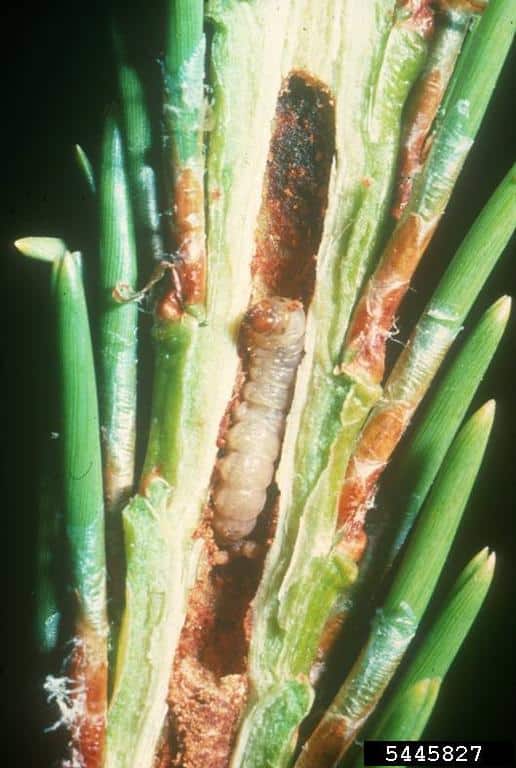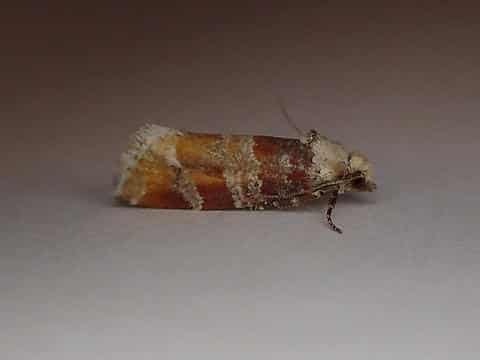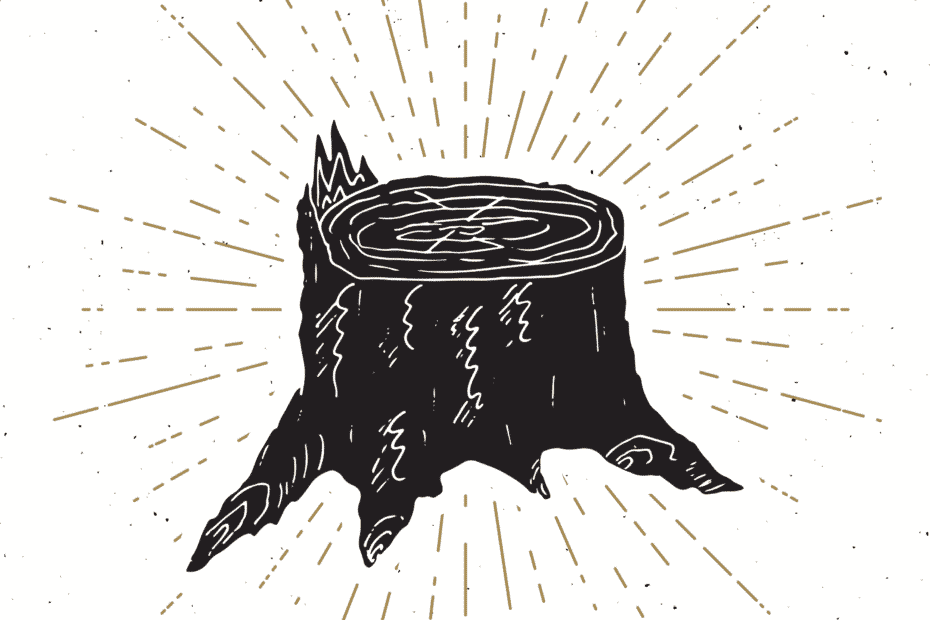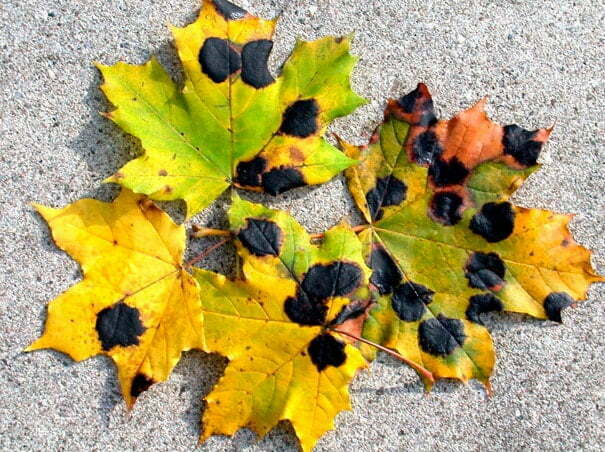
Maple tree diseases can strike even established healthy trees, but the best preventive measure remains to do those things which lead to keeping a tree fit and healthy. Sometimes a disease can't be prevented, and often can't be detected early enough to be able to take effective action. Fortunately most maple tree diseases are not all that widespread, and not all diseases will result in the death of a tree.
Stress Can Cause A Problem - Maple trees in urban areas are usually more at risk than those growing in the wild and rural areas. Maple trees growing near streets are particularly vulnerable, as they are exposed to both air and groundwater pollution and at times to salt which may be spread on roadways in the winter. These conditions often put a great deal of stress on the trees, sometimes resulting in dropped leaves or dying branches. While not exactly classified as a disease, these stresses can certainly weaken a maple tree, making it more susceptible to any number of diseases, most of which are caused by some type of a fungus.
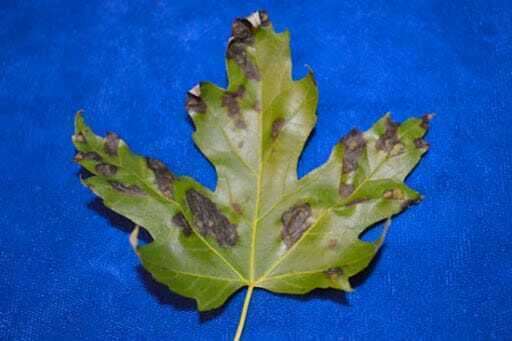
Not All Fungi Are The Same
Some types of fungus-related maple tree diseases will eventually kill a tree, and may if not checked, spread to other trees. Other types can disfigure a tree, weaken it, or both. Still other types of fungus will disfigure leaves and possibly buds or branches temporarily, but are not particularly serious and treatment may not be required.
Several diseases can strike not only maple trees but other hardwood trees as well. If an elm or oak for example becomes diseased, the disease may or may not spread to a nearby maple tree, or may not have any effect on a maple tree. Some fungal infections only strike a particular type of tree, while others may affect several types.
Powdery Mildew, Tar Spot, And Sooty Mildew - There are maple tree diseases that, while making the tree temporarily unsightly, do little permanent harm, and usually do not require treatment. One of these is Powdery Mildew. Powdery mildew can strike many different kinds of hardwoods, including the maple, but some, like the beech tree, tend to be more susceptible. The mildew can form a white coating on the leaves, usually on the undersides, and the condition may last until the leaves drop naturally, and may or may not reappear the following season.
BREAKDOWN OF A FEW COMMON TYPES
Tar Spot is another disease that affects the maple and several other hardwoods. Large, dark, and unsightly tar spots appear on the leaves, remaining there until the leaves finally drop. Tar Spot is generally not regarded as a serious problem. A third common disease is Sooty Mildew. This is caused by fungi growing on juices emanating from the leaves or honeydew deposited by insects. The tree itself is not being attacked, so Sooty Mildew is not a serious problem.

Maple Wilt - Maple Wilt is the most common of the maple tree diseases. This disease, caused by the verticillium fungus, begins in the root system and spreads up into the trunk and branches. Maple Wilt is also called Verticillium Wilt. It is a serious disease that will often kill all but the healthiest and largest maples. An affected tree usually needs to be cut down to prevent the fungus from spreading.
Sapstreak - Another fatal disease is Sapstreak, also a fungal disease. Sapstreak usually affects only the sugar maple, and not only kills the tree, but makes the wood unusable for commercial purposes in the process.
Canker - Canker is yet another disease that is observed as disfiguration and boils in the bark and on branches. The cankers are symptoms of the underlying fungal disease. This disease usually affects individual branches rather than the entire tree, and is usually treatable through a combination of fungicide application and the pruning away dead and diseased branches.
Fungal infections, which account for most of the maple tree diseases, can be difficult to contend with or treat. The best measure is of course to attempt to make the tree and the area around it as inhospitable as possible to fungi. The best preventative is a healthy, established tree that is well cared for.
